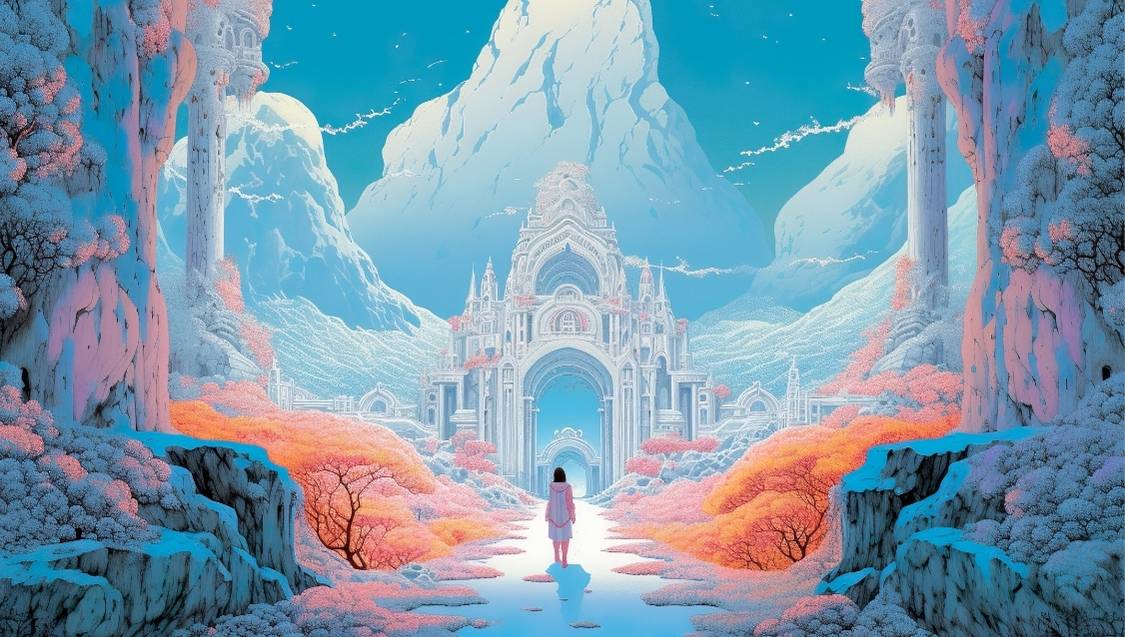Digital design isn’t decoration. It’s communication. Every layout, color choice, and interaction shapes the way people feel, think, and behave. In a world where screens mediate almost every human experience, design has become an emotional language — one that brands must master if they want to stay relevant.
Great digital design doesn’t just look good. It guides, influences, and connects. It turns vision into emotion and emotion into action.
1. Design as a Psychological Trigger
Human perception is wired for patterns. Users don’t consciously analyze every pixel; they respond instinctively.
Smart digital design uses psychology to create an immediate emotional outcome — trust, excitement, calm, urgency, or curiosity.
Elements such as spacing, hierarchy, contrast, and typography directly influence:
- How trustworthy an interface feels
- Whether the user continues or clicks away
- The level of comfort during navigation
- The emotional tone of the entire experience
When design aligns with human behavior, the connection is effortless.
2. The Power of Storytelling Through Visual Systems
Storytelling is no longer limited to words. Visual systems tell stories faster and more effectively than paragraphs ever could.
Color palettes convey identity. Typography builds personality. Imagery evokes mood. Motion creates rhythm.
A cohesive design system ensures that every touchpoint reinforces the brand’s purpose — from a landing page to a mobile interface. Consistency builds familiarity. Familiarity builds trust. Trust drives loyalty.
3. Interaction Design: Where Emotion Meets Action
Users remember experiences, not layouts. Interaction design bridges the gap between aesthetic appeal and emotional impact.
Microinteractions, animation timing, button feedback, and transitions all play subtle roles in shaping how a user feels during engagement. When interactions are smooth and intuitive, users feel empowered. When they’re clumsy or slow, frustration takes over immediately.
Designing for emotion means designing for movement — the way the experience unfolds moment by moment.
4. Minimalism as an Emotional Catalyst
Minimalism isn’t about stripping things away; it’s about removing obstacles.
A clean, focused interface gives users mental clarity. Less noise equals less cognitive load, which leads to a smoother emotional experience.
Minimalist design communicates confidence. It tells users the brand is refined, purposeful, and in control of its message. In an age overwhelmed by information, clarity is a competitive advantage.

5. Accessibility: Designing for Every Human Experience
True digital design respects every user, regardless of ability, device, or environment.
Accessibility is not an add-on — it’s a moral and strategic responsibility.
High-contrast text, clear semantics, screen-reader compatibility, logical navigation, and adaptable layouts create experiences that include, rather than exclude.
Accessible design signals empathy, and empathy is the strongest emotional connector a brand can build.
6. Emotion-Driven Branding Through Digital Aesthetics
Emotion is the engine behind brand perception. A user’s first impression is formed within milliseconds, and design is the deciding factor.
Strong digital branding uses visual identity to shape the user’s emotional expectations — before a single word is read.
Design defines:
- Whether a brand feels premium or budget
- Whether it feels innovative or outdated
- Whether it feels personable or detached
Digital design turns abstract brand vision into tangible human emotion.
7. The Future: AI, Personalization, and Adaptive Experiences
The next era of digital design is dynamic, not static. AI and machine learning are already enabling interfaces that adjust to user behavior, preferences, and contexts.
Emotion-driven personalization will shape the future of human-design interactions:
- Interfaces that adapt tone based on user mood
- Visuals that shift based on environment
- Content that responds to user intent
- Systems that anticipate needs rather than react to them
In this future, design isn’t one experience — it’s thousands of tailored experiences, all driven by a single strategic vision.
Conclusion: Vision Is Strategy. Emotion Is Impact.
Digital design is the bridge between what a brand imagines and what a user feels.
When executed with precision, it transforms ideas into experiences and interactions into emotional resonance.
Brands that invest in design aren’t chasing trends. They’re shaping perception, behavior, and loyalty — the core drivers of long-term success.



